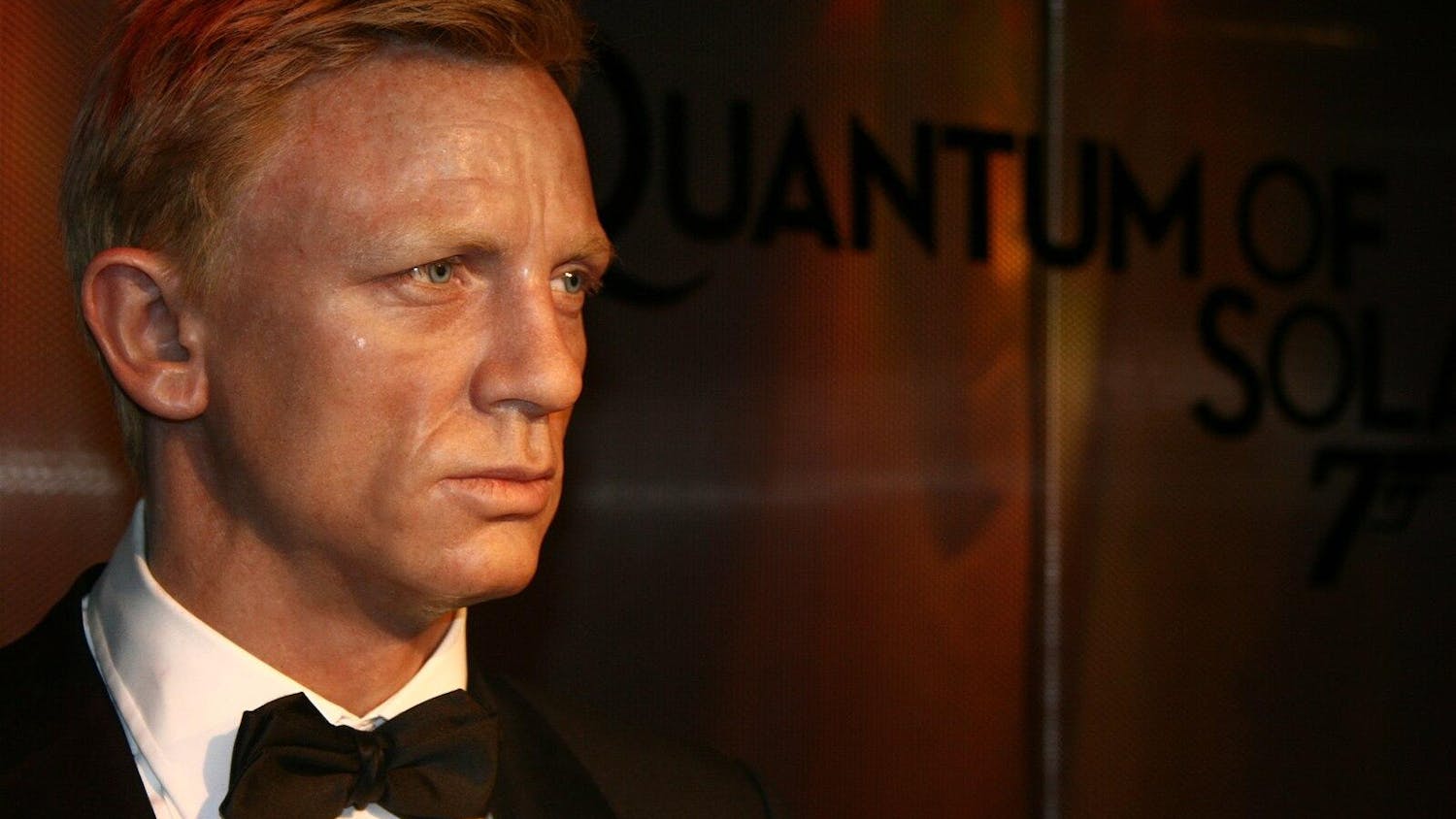From New Yorkerthink pieces to tik toks simping for Kuvira, the internet has made it clear how strongly Nickelodeon's “Avatar: The Last Airbender” (2005–2008) and “The Legend of Korra” (2012–2014) have recaptured the public’s attention this past summer after both series landed on Netflix. Considering that “Avatar” first debuted over 15 years ago, it hardly seems the candidate to make such a strong comeback as (technically) a children’s show. However, its newfound popularity –– along with “Korra,” its sequel/spinoff series –– proves not only their mastery of TV storytelling but their timelessness and relevance of cultural commentary.
A quick overview, for those of you who are unfamiliar: “Avatar: The Last Airbender” and “Legend of Korra” both take place in the four nations, one for each element –– the Earth Kingdom, Fire Nation,Water Tribe and Air Nomads. Within each of these nations, some people can “bend,” or control,their respective element. The Avatar, an individual who is reborn each time the last Avatar dies, can control all four elements and is therefore responsible for maintaining peace in the world. “Avatar: The Last Airbender” follows the current Avatar, 12-year-old Aang, and his friends as he tries to stop the Fire Nation from invading the other nations. “Legend of Korra” takes place 70 years after the events of "Avatar," and follows Aang’s successor, Korra, as she battles different forces of evil throughout the course of the show.
While the two series are related, they’re more cousins than siblings. “Avatar” has a singular story arc over its three seasons, allowing for complex plot development. This is starkly different from “Korra,” which features only season-long arcs with a new slate of villains each season. (This is mainly because the creators didn’t know how manyseasons it would get renewed for.) “Korra” is darker and more mature than its predecessor, with a generally older cast of characters, dealing with more complex themes and even showing on-screen deaths, a no-no for “Avatar.”
“Avatar” and “Korra” had successful summers partially to do with timing — dropping these serial behemoths in the middle of the COVID-19 crisis has allowed viewers who were fans of the show as children to now indulge in a nostalgic getaway from all the chaos of the summer. However, the intensity with which “Avatar” and “Korra” reentered the cultural conversation suggests that, at their core, they provided an experience more meaningful than simple nostalgia, as it captivated an entirely new generation of fans who had never seen the show.
For fans who grew up watching “Avatar,” there’s something satisfying about getting to rewatch it in a time when that nostalgia is so comforting. But many of those fans might not have finished “Korra”after it went online in its final episodes (or they may not have watched the series at all). That makes watching “Korra” incredibly fun because it’s new and unknown. We get to see new locations and new styles of bending; that only makes the world-building more intricate and inviting. It’s a smart follow-up that expands on what “Avatar” created. For new fans, the experience of binging both series is rewarding too.
It’s easy to get wrapped up in the two series because they create complex characters, specifically Zuko and Korra. Zuko’s redemption arc is particularly loved by fans because of its slow-burning realism — rather than having one event that pushes him to redeem himself, Zuko flips and flops through moments where we’re simultaneously rooting for him and ashamed of his decisions. Korra’s story is slow and thoughtful, too. She starts season 1 as a cocky and powerful Avatar and faces plenty of spiritual and personal struggles throughout the series.By season 4, Korra completes one of television’s most satisfying character arcs. These are more than children’s shows — they’re shows for all ages to become invested in.
Another part of that investment is the two series’ intricate and immersive worlds. In “Avatar,” the Fire Nation’s Hundred Year War is nearly completed — they’re close to conquering the Earth Kingdom and the Water Tribes are defenseless. (Except for Aang, the Air Nomads are, as the full title of “Avatar” implies, all dead). In "Korra," the world has reached some sort of modernity and peace. Republic City is a place for benders of all nations (and non-benders too), but the conflict in season 1 questions whether the two can peacefully coexist at all. The entry into this world allows for viewers to get invested in the conflict, while also becoming enthralled with the idea of bending elements. It’s incredibly exciting to watch these characters from various nations show off unique bending styles; when Azula lightning bends and Toph creates metal bending, it’s impossible not to be excited.
That’s also because of how the series bring the viewer in to feel like they’re part of the story. We get to take quizzes online that decide whattype of bender we are (and then retake them when we don’t get the results we want). We get to rank the most powerful benders of the shows and debate them with our friends. Cosplayers get to show off their Katara outfits and artists get to draw Korra and Asami together.
“Avatar” and “Korra” give their fans access to the mythology they’ve created in ways that live beyond the series — it’s spread across social media, onto fan fiction websites andinto academic classes. It’s akin to bigger series like “Star Wars” and “Harry Potter” where the material transports us into a unique and interesting world. And considering how badly we all need that right now, it’s a no-brainer why audiences are so invested in “Avatar” and “Korra.”






